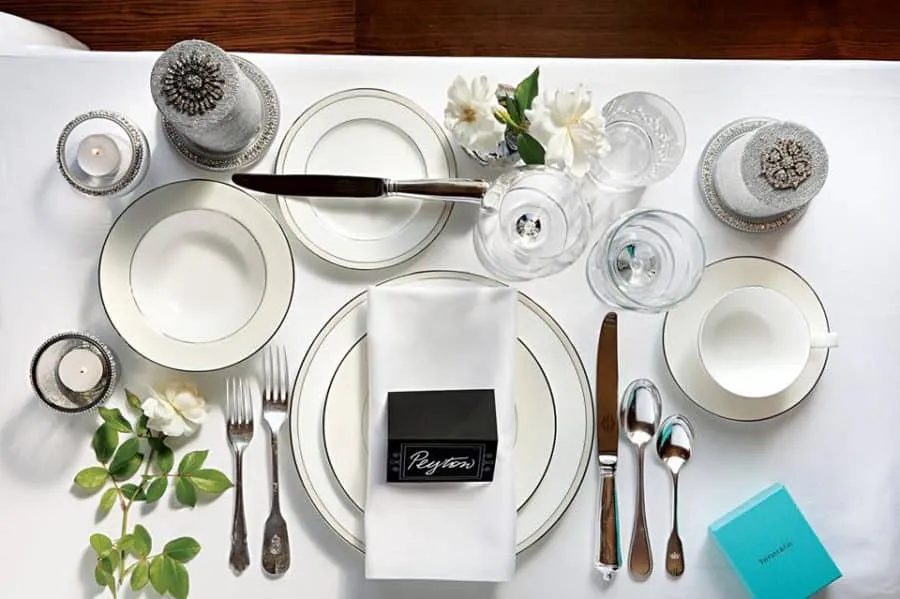There can be your advertisement
300x150
How to Properly Set the Table for Any Occasion
1. Why You Should Know How to Set the Table
Setting the table is one of the basic life skills you don't think about until it's time to actually do it. At that moment, you quickly search "how to set the table" in your browser but there's so much information that you don't know where to start.
The rules for setting the table were collectively agreed upon because they reflect our way of eating. For example, the arrangement of utensils on the table corresponds to their usage order, which increases convenience and ease of access. The butter knife wasn't placed where it is by accident because someone decided to put it there.
2. Various Elements of Table Setting
First, let's get familiar with the various elements that make up a table setting.
Tabletop, Trays, Serving Plates
If you want your table setting to be bright and attractive, add an initial level of color and texture with a tray. This is not mandatory, and many people altogether avoid using them.
Utensils and Tableware
There are many different utensils, and determining where to place them can be quite challenging. Tableware sets were designed to make the process easier. You may not use all utensils at dinner, but you should know how to arrange those that you will.
Plates and Glasses
Plates, cups, bowls, sauce dishes, trays and other types of dishware. Always use real dishware when inviting guests – no paper plates. Depending on the mood of your party, you can maintain an elegant look with a unified color palette or be eclectic by mixing different plates.
Additional Items and Decorations
What else is there besides the main elements? For example, salt shaker and pepper mill or a decorative centerpiece.
3. How to Set the Table
There are several types of table settings, and we've described them in order of increasing complexity.
Setting the Table for Casual / Everyday Dinner
A casual, everyday dinner is a very simple and practical option. When you're preparing a delicious homemade barbecue for yourself and your family, this might be what you need. All you require is a tray, tableware, dinner plate, glass for water or wine and napkin.
Center the plate on the tray, then place the napkin about one inch to its left. Then put the dinner fork on the napkin. Next comes the plate, and to its right is the dinner knife (the blade should always face the plate). The spoon goes to the right of the knife, and the drink glass must be placed above and to the right of the plate.
Setting the Table for Casual / Semi-Formal Dinner
A casual (or semi-formal) table setting is an extended and more complex version of the everyday setting, including several additional elements.
Place a tray first, then put the dinner plate on top of it. Then from left to right: forks, plate, knives, spoons. The salad fork should be placed to the left of the main dinner fork.
A good rule is that the "main" tableware should always be closest to the dinner plate.
Drinks should always be on the right side. The water glass should be directly in front of the knife, then place the wine glass diagonally to the right and slightly above the water glass.
Setting the Table for Formal Dinner
The most complex. A formal dinner doesn't have to be scary. It's simply an extension of the previous table setting.
Formal settings usually use trays instead of plates. They also typically consist of a larger number of dishes, so include more plates and tableware.
The bread knife and butter plate are often used. The bread knife should be placed diagonally in the upper left corner, and the butter knife is positioned horizontally above it.
The dessert spoon (or cake fork) is often placed horizontally over the plate.
The main plate goes on a tray. Often there will be a salad plate above the main one, which itself might have a soup bowl on top.
Setting the table for a formal dinner is much simpler than it seems. It really shouldn't be as intimidating as it might appear. It's simply an expansion of what we've already discussed. Just remember that after each course, you will remove the used utensils and dishware.
More articles:
 How to Make a Minimalist Interior Work? Follow These Recommendations
How to Make a Minimalist Interior Work? Follow These Recommendations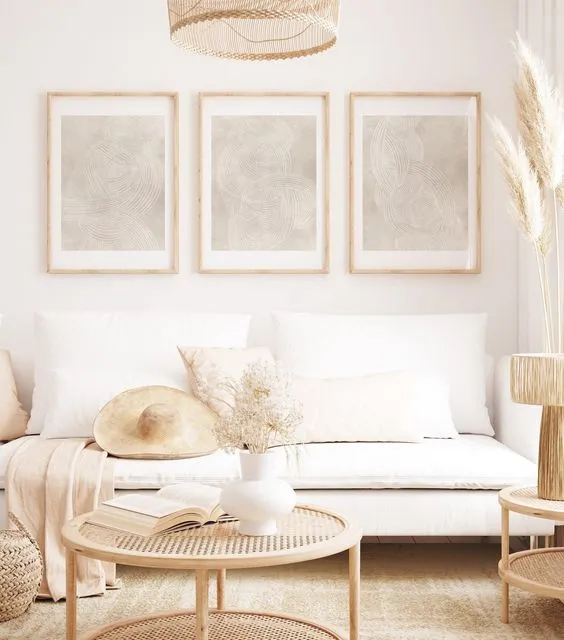 How to Make Your Home White at the Edge of Dreams
How to Make Your Home White at the Edge of Dreams How to Create a Beautiful Garden Path
How to Create a Beautiful Garden Path How to Make Your Multifamily Home Attractive to Tenants
How to Make Your Multifamily Home Attractive to Tenants How to Maintain and Care for Plumbing Systems: A Detailed Guide
How to Maintain and Care for Plumbing Systems: A Detailed Guide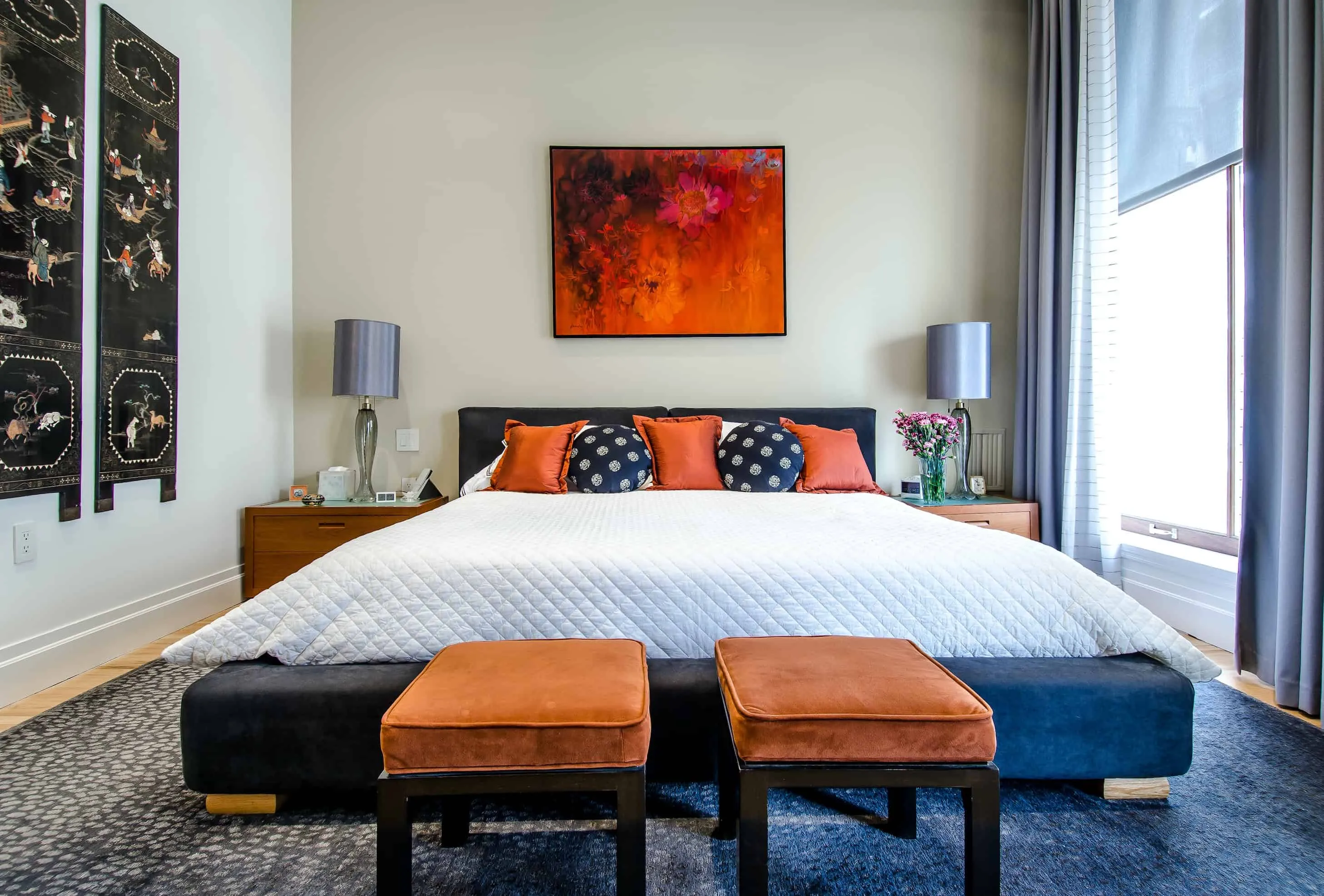 How to Make Your Bedroom Luxurious for Less Money
How to Make Your Bedroom Luxurious for Less Money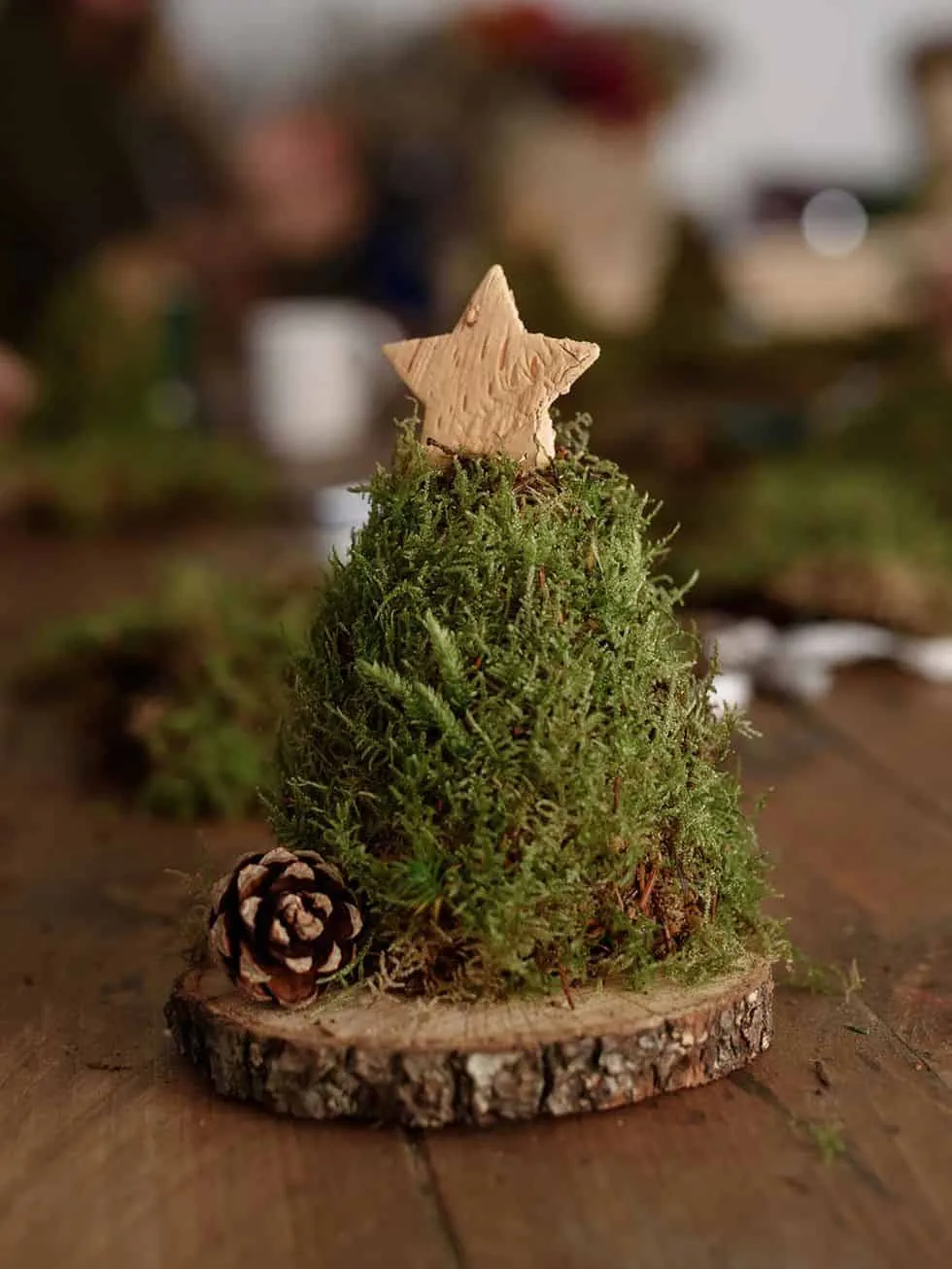 HOW TO MAKE A DECORATIVE CHRISTMAS TREE FROM MOSS
HOW TO MAKE A DECORATIVE CHRISTMAS TREE FROM MOSS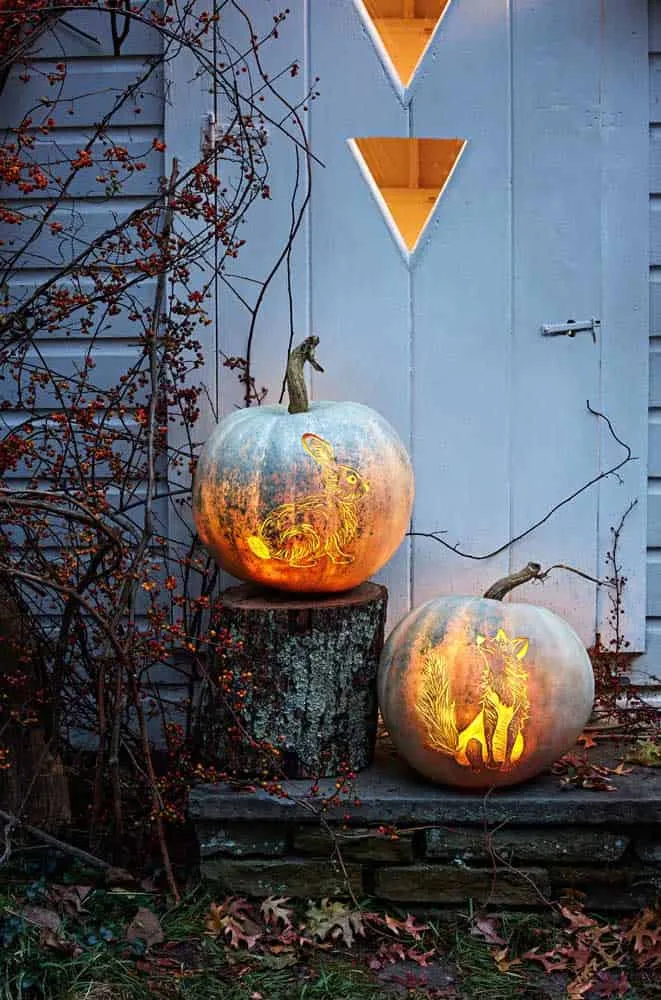 How to Make a Pumpkin for Halloween
How to Make a Pumpkin for Halloween
